Watershed Management: Good Theory
In a perfect world fertilizers and sewage wouldn’t enter the lake in the first place. The watershed would keep them out. In reality, keeping nutrients out of a lake by managing the watershed has proven to be almost impossible.
Nature’s Way: Wetland Filtration
Nature’s way of filtering nutrients from the watershed is a wetland. A healthy wetland surrounding the lake traps incoming nutrients and converts them into beneficial microorganisms that are the building blocks of the food chain. Unfortunately, wetlands are disappearing and once gone, almost impossible to restore. A lake without a working wetland has no filtering defense against the watershed and is entirely dependent on its management by humans.
Our Way is Nature’s Way: In-Lake Wetland Filtration
Lakes can’t wait for decades while wetland restoration projects may or may not happen. Our solution is to build wetlands and lake coral in the lake to ensure the filtering and conversion of excess nutrients entering from the watershed. Our Technology Partner, Floating Islands International, is the world leader in the development of wetland filtration technology.
There’s no reason to wait. In fact, the sooner an in-lake wetland technologies are installed, the sooner the lake can defend itself against the assault of nutrient in-flows from the watershed.
Lake Savers Lake Coral: Game Changing Nutrient Filtration Technology
Lake Coral is a new and game-changing technology. Developed in partnership with Floating Islands International www.floatingislandsinternational.com, Lake Coral was designed specifically to capitalize on our Lake Bottom Aeration and Bio-Acceleration technology for the purpose of rapidly accelerating nutrient reduction. Similar to ocean dwelling coral reefs, artificially constructed Lake Coral:
- Acts as a nutrient filter.
- Accelerates the growth of aerobic bacteria in the water column which divert nutrients into food for fish instead of weeds, algae and muck.
- Provides sustainable habitat for Periphyton, diatoms, and other beneficial microorganisms such as phytoplankton, zooplankton, and insects – all of which are critical for continual fish growth.
- Radically increases biodiversity and water quality.
Best of all – it can be installed in a matter of minutes and is a very cost-effective restorative technology.
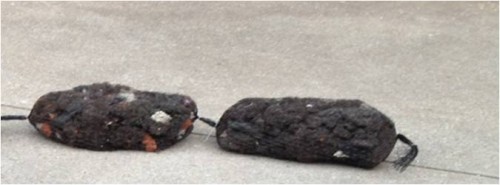
Securely anchored just below the surface of the lake, each two-piece unit weighs 6 lbs. Units can be joined together in any configuration to meet the specific filtering needs of any lake.
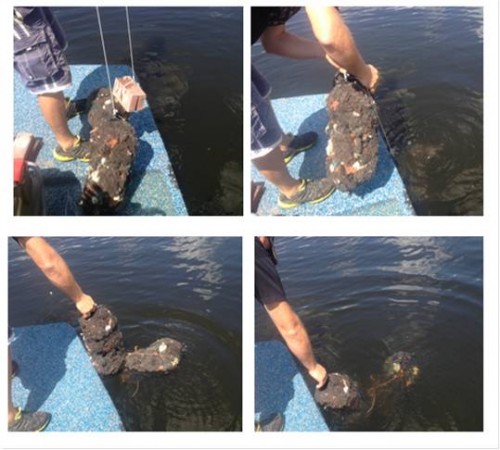
- Each pound of Lake Coral provides 170 square feet of wetland filtration surface area.
- Putting 250 lbs of coral into a water body is the equivalent of building a 1 acre wetland filtration area for the lake.
Lake Savers In-Lake Wetlands
Like nature’s way of trapping and filtering incoming nutrients from the watershed with a healthy wetland, we create wetlands within the lake that perform the filtering work of naturally ocurring wetlands.
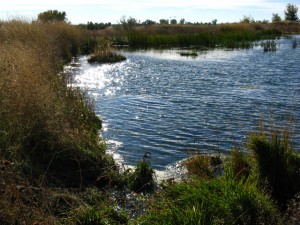
Engineered in-lake wetlands trap both point-source and non-point source external nutrients where they enter the lake. Made of durable, non-toxic post-consumer plastics and vegetated with native plants, engineered in-lake wetlands mimic naturally occurring wetlands to create a “concentrated” wetland effect.
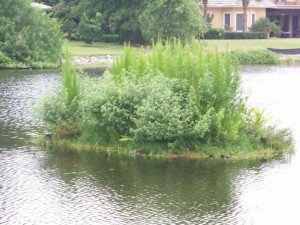
Independent laboratory tests showed removal rates far in excess of previously published data about naturally occurring wetlands. They remove 20X more nitrate, 10X more phosphate, and 11X more ammonia. They are also extremely effective at reducing total suspended solids and dissolved organic carbon in waterways.
- 250 square feet of engineered wetland equals 1 acre of naturally occurring wetland filtration capability.
- In-lake wetlands immediately convert phosphates and nitrogen into beneficial microorganisms that fuel the food chain.
- They are infinitely customizable, and can be constructed in a variety of multi-use ways to include: boating docks, levees, bridges, gardens, and can even be designed to support gazebos and other structures.
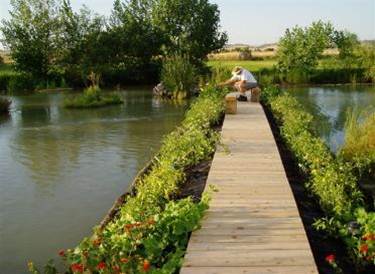
Most important, they support – and generate – aquatic life. From microbes which break down nutrients and other water-borne pollutants to the production of microorganisms which start the microbiotic food chain, in-lake wetlands act as bio-havens which harbor insects beneficial to birds and fish and provide secure habitats for riparian and other species – many of which are in decline from the loss of their natural habitat.
Take Action Now! Review Our Results


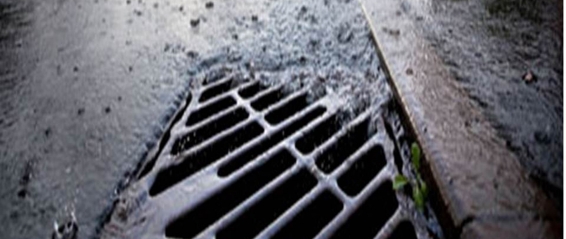
















Leave a Reply